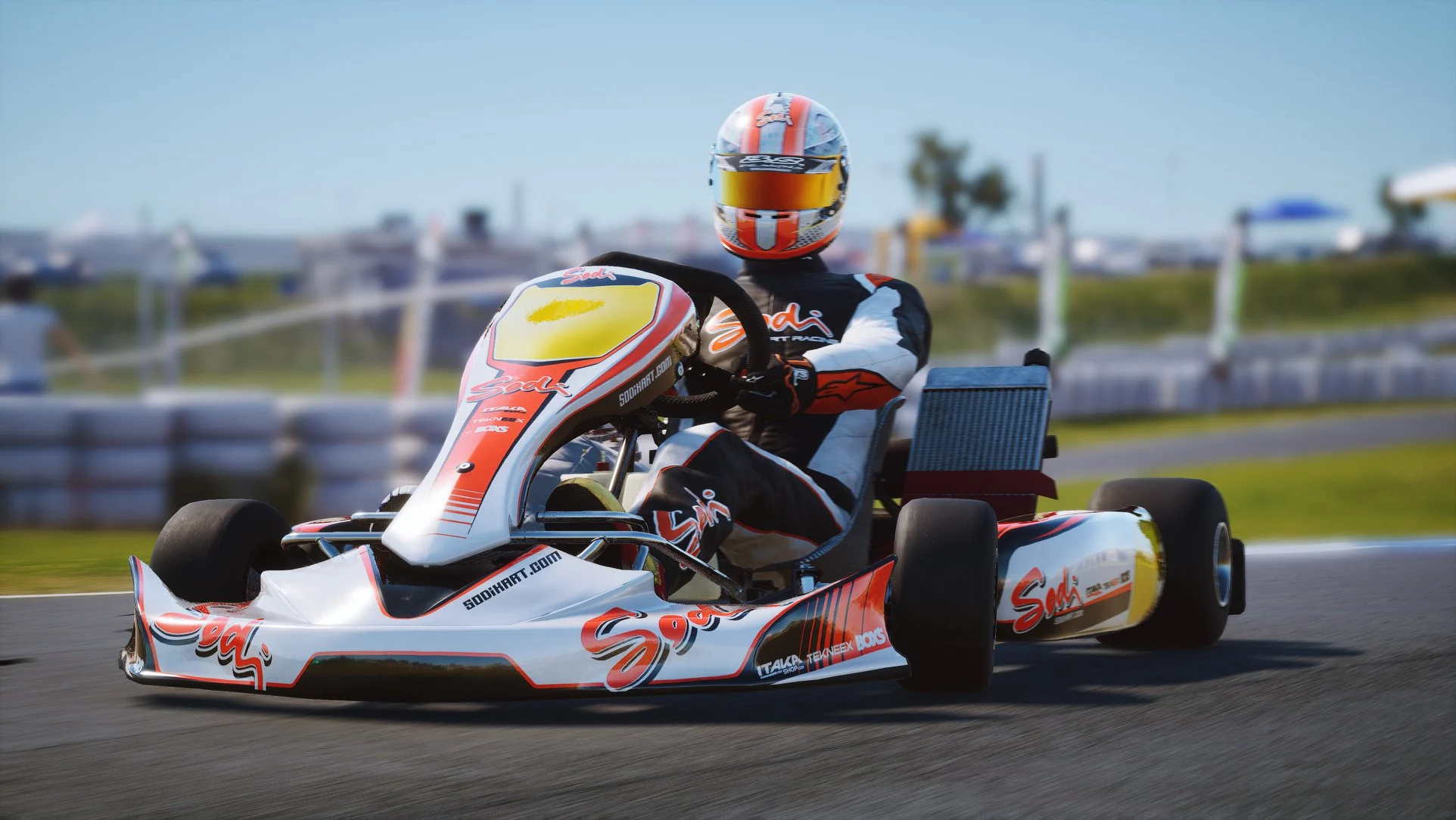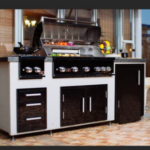So, you’ve caught the karting bug, huh? It’s no surprise—kart racing is one of the most thrilling motorsports out there. Whether you’re a newbie looking to get your feet wet or an experienced driver aiming to up your game, choosing the right kart is crucial. But with so many options, specs, and features to consider, where do you even begin? Well, buckle up! We’re about to dive into everything you need to know to pick the perfect kart for your racing adventures.
What Does “Karting Specific” Really Mean?
When we talk about karting-specific features, we’re diving into the nitty-gritty details that make a kart suitable for racing. It’s not just about speed—though that’s a big part of it. It’s about the whole package: the chassis, the engine, the tires, and yes, even the seat. Every component plays a role in your kart’s performance on the track. So, when you’re shopping for your next racing machine, keep this term front and center.
Understanding the Different Types of Karts
Before you start comparing models, it’s essential to understand the various types of karts available. Karts aren’t one-size-fits-all; they come in different shapes, sizes, and styles, each suited to different levels of experience and types of racing.
1. Rental Karts
These are the basic, no-frills karts you’ll find at most karting tracks. They’re built for durability rather than speed, making them perfect for beginners or casual racers. However, if you’re serious about racing, you’ll want something more specialized.
2. Sprint Karts
Sprint karts are the most common type used in competitive racing. They’re lightweight and designed for quick acceleration and sharp cornering. If you’re planning to participate in local or regional races, this is likely the type of kart you’ll need.
3. Shifter Karts
For those who crave speed, shifter karts are the way to go. Equipped with a gearbox, these karts allow you to shift gears like a car, reaching speeds of up to 80 mph. They require more skill to handle but offer a level of control and speed that’s hard to match.
4. Endurance Karts
As the name suggests, endurance karts are built for long races. They’re designed to withstand the wear and tear of extended periods on the track, with a focus on reliability rather than outright speed.
The Importance of the Right Chassis
The chassis is the backbone of your kart, and choosing the right one is critical. A well-designed chassis ensures that your kart handles well, stays stable in corners, and responds quickly to your inputs. When selecting a chassis, consider the following factors:
Material: Most chassis are made from steel tubing, but the thickness and flexibility of the steel can vary. A stiffer chassis is better for smooth tracks, while a more flexible one can handle bumps and uneven surfaces better.
Weight: The weight of the chassis affects the kart’s handling and speed. Lighter chassis are faster but can be more challenging to control.
Adjustability: Some chassis allow you to adjust the alignment and setup to suit different track conditions. If you plan on racing on various tracks, look for a chassis that offers this flexibility.
Choosing the Right Engine: Power vs. Control
The engine is the heart of your kart, and the right choice depends on what kind of racing you’re planning to do. Here’s a breakdown of what to consider:
Engine Type: Two-stroke engines are common in kart racing because they offer a good balance between power and weight. However, four-stroke engines, while heavier, provide more torque and are generally more reliable.
Horsepower: More horsepower means more speed, but it also means more skill is required to handle the kart. If you’re new to racing, you might want to start with a less powerful engine and work your way up.
Maintenance: High-performance engines require regular maintenance to keep them running smoothly. Be sure you’re prepared for the upkeep before opting for a high-powered engine.
Don’t Overlook the Tires
Tires might seem like a small detail, but they play a massive role in your kart’s performance. The right tires can mean the difference between sticking to the track like glue and sliding out in a crucial corner.
1. Slick Tires vs. Wet Tires
Slick Tires: These tires are completely smooth and offer maximum grip on dry tracks. If you’re racing in good weather, slick tires are the way to go.
Wet Tires: As the name implies, wet tires are designed for rainy conditions. They have grooves that help channel water away from the tire, reducing the risk of hydroplaning.
2. Tire Compound
The tire compound refers to the rubber’s hardness. Softer compounds offer better grip but wear out faster, while harder compounds last longer but provide less traction. Choose your tire compound based on the track conditions and how long you expect the tires to last.
Safety Gear: Don’t Skimp on Protection
When you’re hurtling around a track at high speeds, safety should be your top priority. Here’s what you’ll need:
Helmet: A high-quality helmet is non-negotiable. Make sure it fits snugly and meets all safety standards.
Racing Suit: A racing suit made from fire-resistant material can protect you in case of an accident. It also helps prevent road rash if you take a tumble.
Gloves and Boots: Your hands and feet do most of the work in karting, so protect them with the right gear. Look for gloves and boots designed specifically for karting, offering both protection and grip.
Getting the Right Seat: Comfort Meets Control
Your seat might not seem as important as other components, but a well-fitted seat can make a huge difference in your performance. A seat that’s too loose can make you feel disconnected from the kart, while one that’s too tight can be uncomfortable and restrict your movement. Look for a seat that provides good support and allows you to make quick, precise movements.
Steering Wheel: Precision in Your Hands
The steering wheel is your direct connection to the kart, so choose one that feels comfortable and provides good feedback. The size and shape of the wheel can affect how the kart handles, so it’s worth trying out a few different options before making a decision.
Brakes: Control is Key
A fast kart is useless if you can’t control it, and that’s where brakes come in. Most racing karts use hydraulic disc brakes, which offer better stopping power and more control than mechanical brakes. Make sure the brakes are responsive and well-maintained to keep you safe on the track.
Final Thoughts: Test, Tweak, and Tinker
Choosing the right kart is a process, not a one-time decision. Even after you’ve selected the perfect kart, you’ll need to test it on the track, make adjustments, and fine-tune it to your liking. Don’t be afraid to tinker with different setups until you find what works best for you. After all, karting is as much about the journey as it is about the destination.
Conclusion
Kart racing is an exhilarating sport that requires both skill and the right equipment. By understanding the karting-specific details—like chassis type, engine power, tire selection, and safety gear—you’ll be well on your way to making an informed choice. So, whether you’re just starting or looking to upgrade your current setup, use this guide to help you find the kart that’s just right for you. Now, get out there and hit the track!
For more info: Tire Tongs




